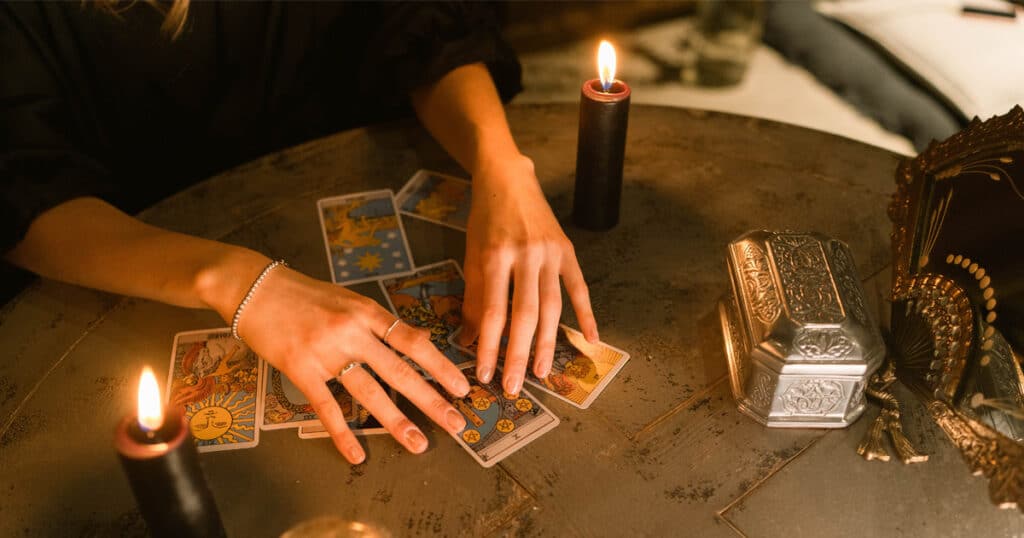Tarot cards have long been the subject of fascination, intrigue, and even fear. Often associated with mystical practices and fortune-telling, they have been both revered as tools of divination and condemned as instruments of evil. But are tarot cards truly evil, or are they simply misunderstood?
In this blog post, we will delve into the world of tarot cards to gain a deeper understanding of their origins, symbolism, and role in various belief systems. We will explore the rich history of tarot cards, from their early beginnings to their evolution and interpretation over time.
We will also debunk common misconceptions and fears surrounding tarot cards, addressing questions like whether they are evil or satanic, if they have the power to predict the future, and if they are dangerous to use.
Furthermore, we will examine the role of tarot cards in different belief systems, such as their significance in pagan and Wiccan practices, their use in New Age spirituality, and even the Catholic Church’s view on tarot cards. By exploring these different perspectives, we aim to provide a comprehensive and balanced view of tarot cards, encouraging readers to make their own judgement based on knowledge and understanding.
Interested in Tarot? Try our free tools and calculators.
Whether you are a skeptic or a believer, this blog post aims to shed light on the mysterious world of tarot cards and challenge preconceived notions. So, join us on this journey of exploration and discovery as we unravel the truth behind the question: Are tarot cards truly evil?
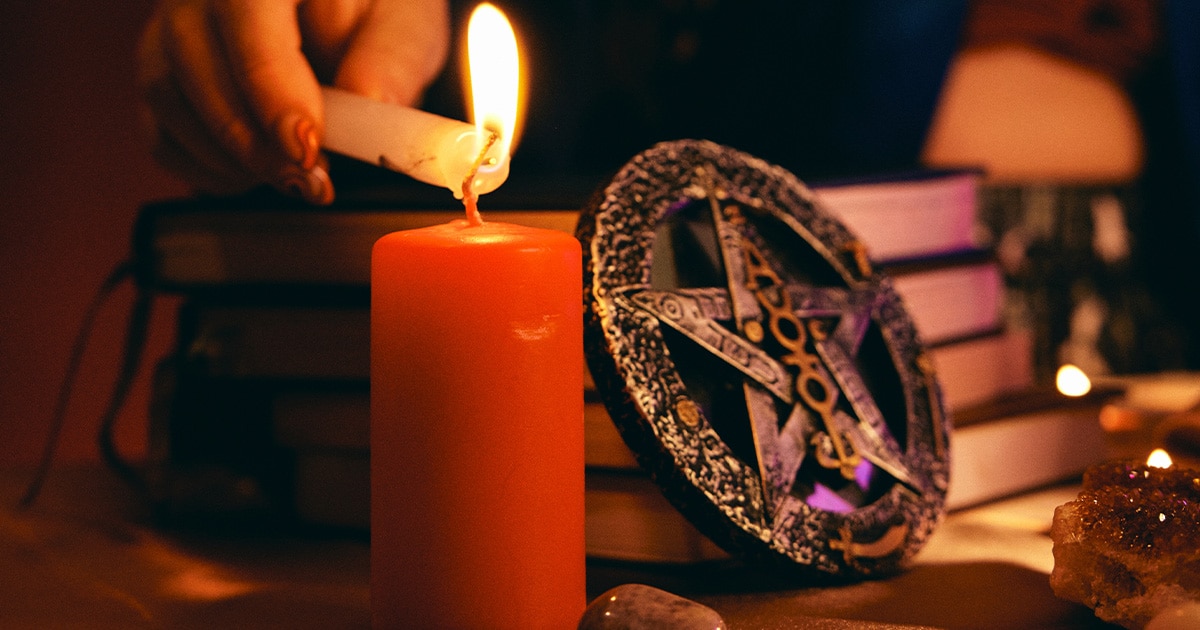
Overview: Understanding Tarot Cards and Their History
Tarot cards have a rich history that spans centuries and cultures. They are a deck of 78 cards, divided into two main categories: the Major Arcana and the Minor Arcana. Each card is adorned with symbolic imagery that holds deep meaning and can be interpreted in a variety of ways.
The origins of tarot cards can be traced back to the 14th century, where they were initially used as playing cards in Europe. However, it wasn’t until the 18th century that tarot cards began to be associated with divination and esoteric practices.
The evolution of tarot cards over time has led to various interpretations and uses. In modern times, tarot cards are predominantly used for personal introspection, spiritual guidance, and as a tool for understanding oneself and the world around us.
Understanding the history and symbolism of tarot cards is crucial to discerning their true nature and dispelling misconceptions. In the following sections, we will explore the origins and history of tarot cards in more detail, as well as delve into the intricate symbolism found within the cards.
By gaining a deeper understanding of tarot cards, we can appreciate their cultural significance and explore the question of whether they are truly evil or simply misunderstood.
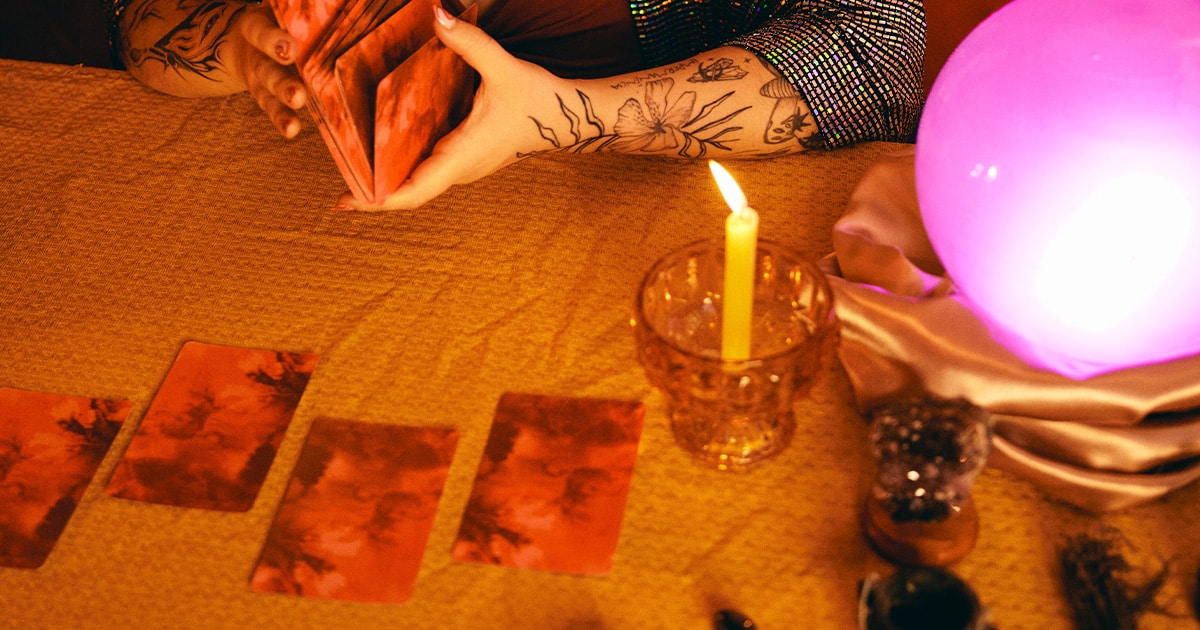
The Origins and History of Tarot Cards
The origins of tarot cards are shrouded in mystery, with various theories and speculations surrounding their inception. While the exact origin remains uncertain, it is believed that tarot cards emerged in the 14th century in Europe. Let’s explore the early beginnings of tarot cards and their evolution over time.
Early Beginnings of Tarot Cards
One prevailing theory suggests that tarot cards originated in Italy, specifically in the region of Lombardy, during the Renaissance period. The cards were initially used for playing a game known as tarocchi, similar to modern-day bridge. These early tarot decks were hand-painted and often commissioned by wealthy families, showcasing intricate artwork and symbols.
Another theory proposes that tarot cards have their roots in ancient Egypt or the Middle East, drawing inspiration from divination practices in those regions. Some believe that the cards were brought to Europe by traveling merchants or gypsies, who incorporated their own mystical beliefs and symbolism into the decks.
Interested in Tarot? Try our free tools and calculators.
Evolution and Interpretation Over Time
Over the centuries, tarot cards began to take on a deeper spiritual significance beyond their use as a simple playing card game. The cards became associated with esoteric practices, such as astrology, alchemy, and mysticism.
Scholars and occultists began to interpret the symbolism within the cards, unlocking their potential for divination and spiritual guidance.
One significant development in the history of tarot cards was the creation of the Tarot de Marseille in the 17th century. This deck, with its iconic imagery and symbolism, became the foundation for many subsequent tarot decks. It served as a template for future interpretations and became widely recognized as a standard tarot deck.
Tarot Cards in Modern Times
In the 19th and 20th centuries, tarot cards experienced a resurgence in popularity, particularly among occultists, spiritual seekers, and those interested in metaphysical practices. The symbolism within the cards began to be explored on a deeper level, with various schools of thought emerging regarding their interpretation.
Today, tarot cards are widely available and used by individuals from diverse backgrounds. They have become a tool for self-reflection, personal growth, and spiritual exploration. Many people turn to tarot readings as a means of gaining insight, seeking guidance, and understanding the energies at play in their lives.
As we delve deeper into the world of tarot cards, we will explore the symbolism within the cards and how it is interpreted in a reading. By understanding the historical context and evolution of tarot cards, we can gain a deeper appreciation for their significance and address the question of whether they are truly evil or simply a tool for personal introspection and spiritual connection.

Understanding the Symbolism in Tarot Cards
Tarot cards are rich in symbolism, with each card representing a unique concept, archetype, or energy. Understanding the symbolism within tarot cards is essential for interpreting their messages and gaining insight during a reading. In this section, we will explore the symbolism found within the Major Arcana and Minor Arcana cards, as well as how symbolism is interpreted in a reading.
The Major Arcana
The Major Arcana consists of 22 cards, each depicting a powerful archetype or significant life event. These cards represent major life lessons, spiritual growth, and transformative experiences. Each card in the Major Arcana carries its own symbolism and narrative, allowing the reader to explore different aspects of the human experience.
For example, the Fool card symbolizes new beginnings, spontaneity, and taking risks, while the Death card represents transformation, letting go of the old, and embracing change. Each card in the Major Arcana tells a story and offers profound insights into the different facets of life’s journey.
The Minor Arcana
The Minor Arcana consists of 56 cards divided into four suits: Wands, Cups, Swords, and Pentacles (or Coins). These suits correspond to different elements and aspects of life, such as creativity, emotions, intellect, and material matters. Each suit contains ten numbered cards and four court cards (Page, Knight, Queen, and King).
The symbolism in the Minor Arcana cards is more specific and focused on everyday experiences and challenges. For example, the Ace of Cups represents new emotional beginnings and the potential for deep connections, while the Six of Swords signifies moving away from difficulties and finding peace.
How Symbolism is Interpreted in a Reading
During a tarot reading, the symbolism within the cards is interpreted by the reader to provide guidance, clarity, and insight to the seeker. The reader considers the individual meaning of each card, the position it holds in the spread, and its relationship to the surrounding cards. The combination of these factors helps to create a narrative and provide context for the seeker’s questions and concerns.
Interpreting symbolism in tarot cards requires intuition, knowledge of traditional meanings, and an understanding of the seeker’s specific circumstances. It is important to note that tarot readings are subjective and open to interpretation, allowing the reader to tap into their own intuitive abilities and connect with the seeker’s energy.
By understanding the symbolism within tarot cards and how it is interpreted, we can appreciate the depth and complexity of these cards. The symbolism serves as a powerful tool for self-reflection, introspection, and gaining insight into the energies and influences at play in our lives.
In the following sections, we will address common misconceptions and fears surrounding tarot cards, focusing on the question of whether they are truly evil or simply a means of accessing spiritual guidance and self-discovery.
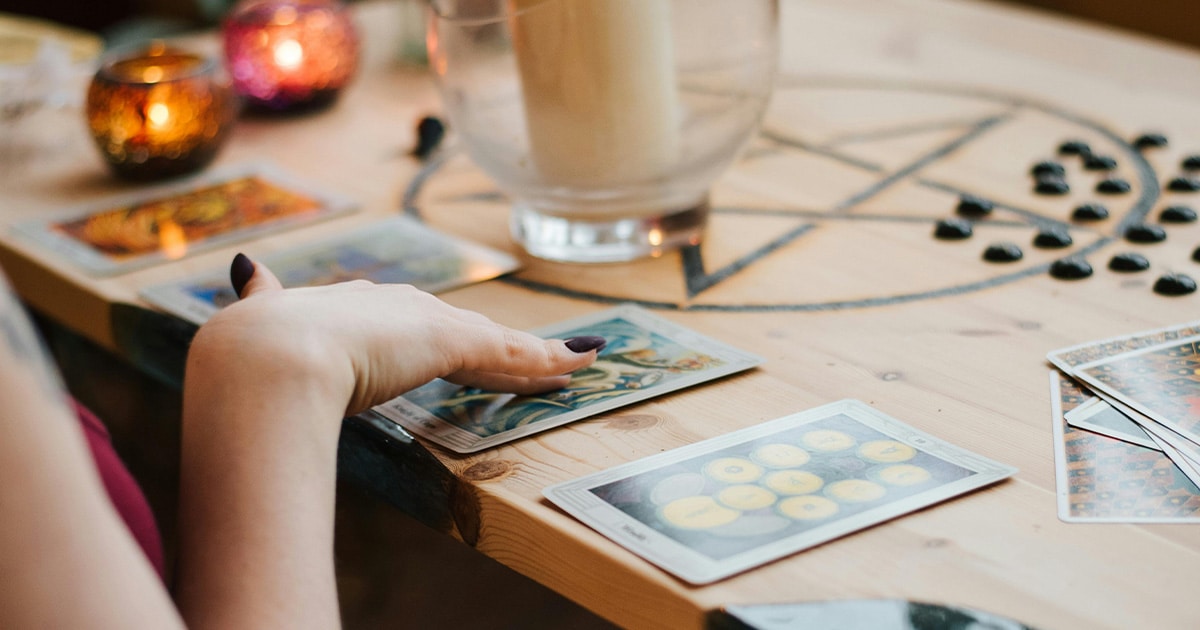
Common Misconceptions and Fears About Tarot Cards
Tarot cards have often been surrounded by misconceptions and fears, leading to misunderstandings about their nature and purpose. In this section, we will address some of the most common misconceptions and fears surrounding tarot cards and provide clarity on these concerns.
Are Tarot Cards Evil or Satanic?
One of the most prevalent misconceptions about tarot cards is that they are inherently evil or associated with satanic practices. This belief stems from the association of tarot cards with divination and the occult.
However, it is important to note that tarot cards themselves are not inherently evil or satanic. They are simply a tool, and their interpretation and use depend on the intentions and beliefs of the individual using them.
Tarot cards can be seen as a means of accessing one’s intuition, gaining insight into oneself and the world, and seeking guidance. The symbolism within the cards is open to interpretation and can be applied in various spiritual and philosophical contexts. It is the intention and belief system of the user that determine the nature of the practice, rather than the cards themselves.
Can Tarot Cards Predict the Future?
Another common misconception is that tarot cards have the power to predict the future with absolute certainty. While tarot cards can offer insights and guidance, they do not provide a fixed, predetermined future. The future is not set in stone, but rather influenced by a multitude of factors, including personal choices, actions, and external circumstances.
Tarot cards serve as a tool for reflection, self-awareness, and exploring different possibilities. They can provide guidance on potential outcomes based on the current energies and influences at play in a person’s life. However, it is important to remember that free will and personal agency play a significant role in shaping one’s future.
Interested in Tarot? Try our free tools and calculators.
Are Tarot Cards Dangerous to Use?
Some individuals have concerns that using tarot cards can be dangerous or invite negative energies into their lives. However, it is essential to understand that tarot cards, like any other tool or practice, are not inherently dangerous.
The experience of using tarot cards can vary from person to person. Some individuals may feel a deep connection and find the experience empowering and enlightening, while others may not resonate with the practice. It is important to approach tarot card readings with an open mind, clear intentions, and a sense of personal responsibility.
To ensure a positive and safe experience, it is recommended to approach tarot card readings with respect, integrity, and ethical considerations. Practitioners may also incorporate grounding and protection techniques to create a safe energetic space.
By addressing these common misconceptions and fears, we can dispel the misunderstandings surrounding tarot cards. Tarot cards are not inherently evil, do not predict the future with certainty, and are not inherently dangerous. They are tools that can provide guidance, self-reflection, and personal growth when approached with an open mind and a discerning perspective.
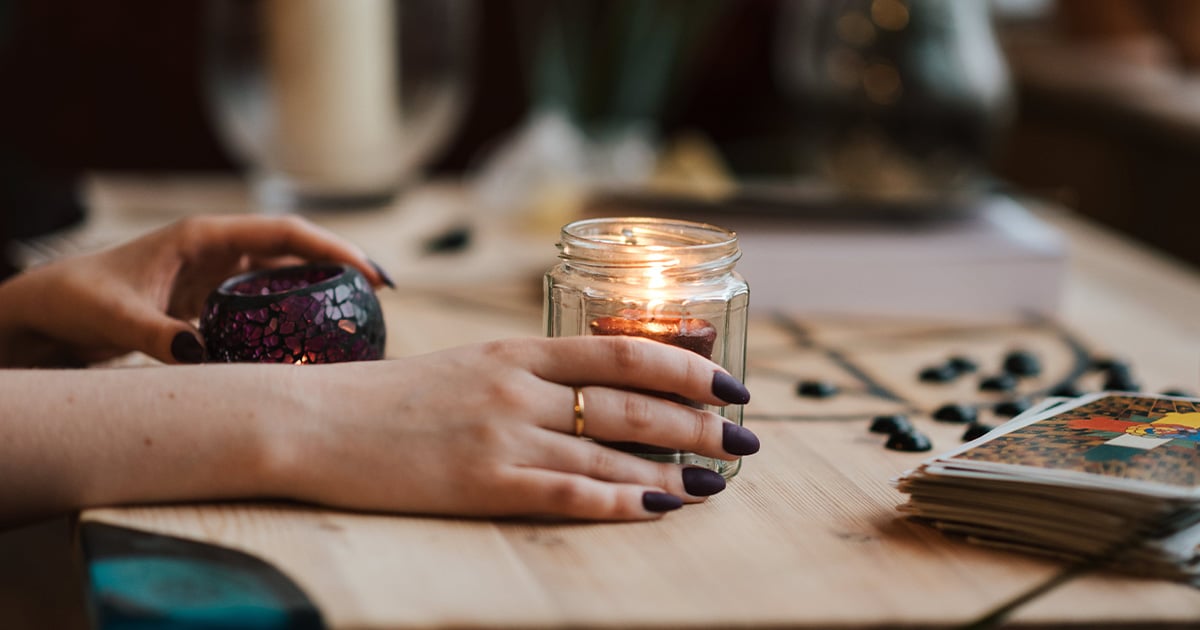
The Role of Tarot Cards in Various Belief Systems
Tarot cards have found their place in various belief systems and spiritual practices throughout history. In this section, we will explore the role of tarot cards in different belief systems, shedding light on their significance and usage.
Tarot Cards in Pagan and Wiccan Practices
In pagan and Wiccan practices, tarot cards are often used as a tool for divination and spiritual guidance. They are seen as a means of tapping into universal energies, connecting with higher powers, and gaining insight into personal and collective consciousness.
Tarot cards are viewed as a tool for self-reflection, exploration of archetypes, and understanding the energetic influences at play in one’s life. They can be used in rituals, spellwork, or personal meditation to deepen the practitioner’s connection with the divine and enhance their spiritual journey.
Tarot Cards in New Age Spirituality
In the realm of New Age spirituality, tarot cards are widely embraced as a tool for personal growth, self-discovery, and spiritual awakening. They are seen as a means of accessing higher wisdom, connecting with intuition, and navigating the complexities of life.
Tarot cards are often used for guidance on spiritual paths, manifestation practices, and exploring the deeper aspects of the self. They are seen as a mirror that reflects the inner landscape and helps individuals uncover their true potential, purpose, and spiritual lessons.
The Catholic Church’s View on Tarot Cards
Within the Catholic Church, the view on tarot cards is mixed. Some members of the clergy view tarot cards as incompatible with Christian beliefs, associating them with divination and occult practices. They believe that seeking guidance from tarot cards may conflict with the teachings of the Church.
However, there are also individuals within the Catholic community who see tarot cards as a tool for personal introspection and self-reflection. They may use tarot cards as a means of deepening their understanding of their own spiritual journey and seeking guidance from a place of personal discernment.
It is important to note that the views on tarot cards within various belief systems can vary greatly. Individuals within each belief system may have different interpretations and applications of tarot cards based on their personal beliefs and practices.
By exploring the role of tarot cards in different belief systems, we can see that they can serve as a bridge between the physical and spiritual realms, offering guidance, insight, and a deeper understanding of ourselves and the world around us.
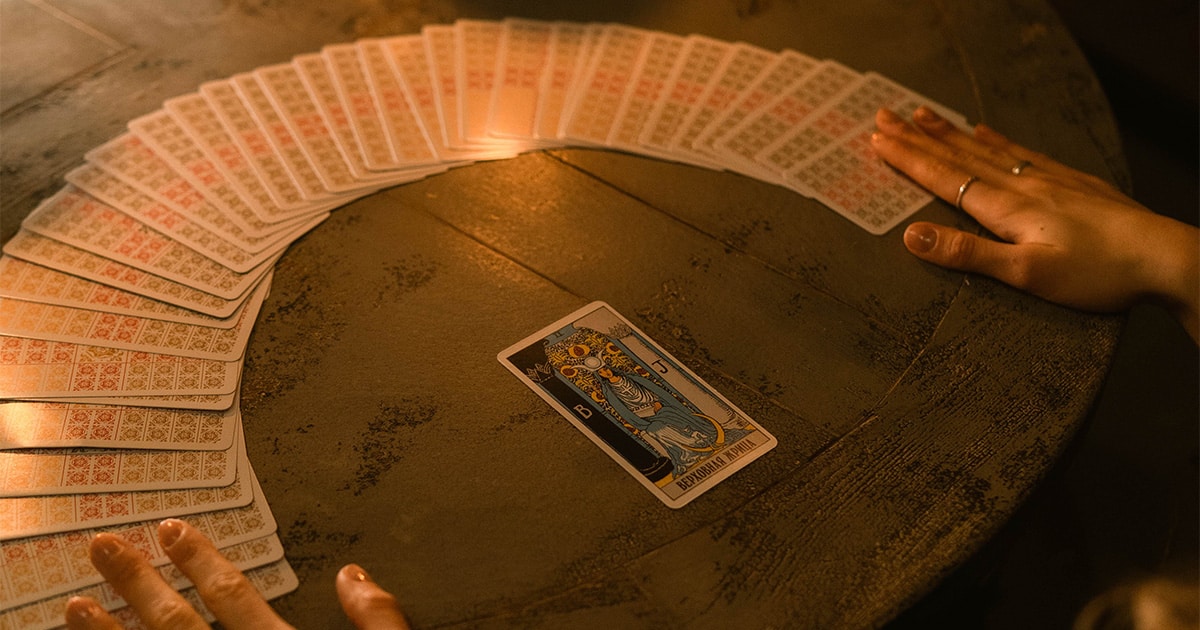
Conclusion: Making your Own Judgement About Tarot Cards
After delving into the origins, history, symbolism, misconceptions, and role of tarot cards in various belief systems, it is clear that tarot cards are a complex and multifaceted tool. They hold different meanings for different individuals, and their interpretation and usage vary based on personal beliefs, intentions, and cultural contexts.
While tarot cards have often been associated with notions of evil or the occult, it is important to approach them with an open mind and a spirit of inquiry. Tarot cards themselves are not inherently evil, but rather a means of accessing intuition, gaining insight, and exploring the depths of the human experience.
It is crucial to separate the tool from its interpretation and the intentions of the practitioner. Tarot cards can be used for personal growth, self-reflection, and spiritual exploration in a respectful and responsible manner. They can be a tool for deepening self-awareness, connecting with higher wisdom, and seeking guidance on life’s journey.
Ultimately, the question of whether tarot cards are evil or not is subjective and dependent on one’s personal beliefs and experiences. It is up to each individual to make their own judgement based on knowledge, understanding, and intuition.
If you are intrigued by tarot cards, consider exploring them with an open mind and a willingness to learn. Approach them as a tool for self-reflection, personal growth, and connecting with your inner wisdom. Seek out reputable sources, knowledgeable practitioners, and ethical guidelines to ensure a positive and authentic experience.
In conclusion, tarot cards are not inherently evil, but rather a tool that can be utilized for self-discovery, spiritual exploration, and personal empowerment. Embrace the opportunity to explore the symbolism, reflect on the messages, and uncover the wisdom that tarot cards can offer.
Trust your own intuition and judgment as you embark on your journey with tarot cards, and let them serve as a catalyst for your own personal growth and understanding.
Interested in Tarot? Join the waitlist for our Daily Energy Reader.

